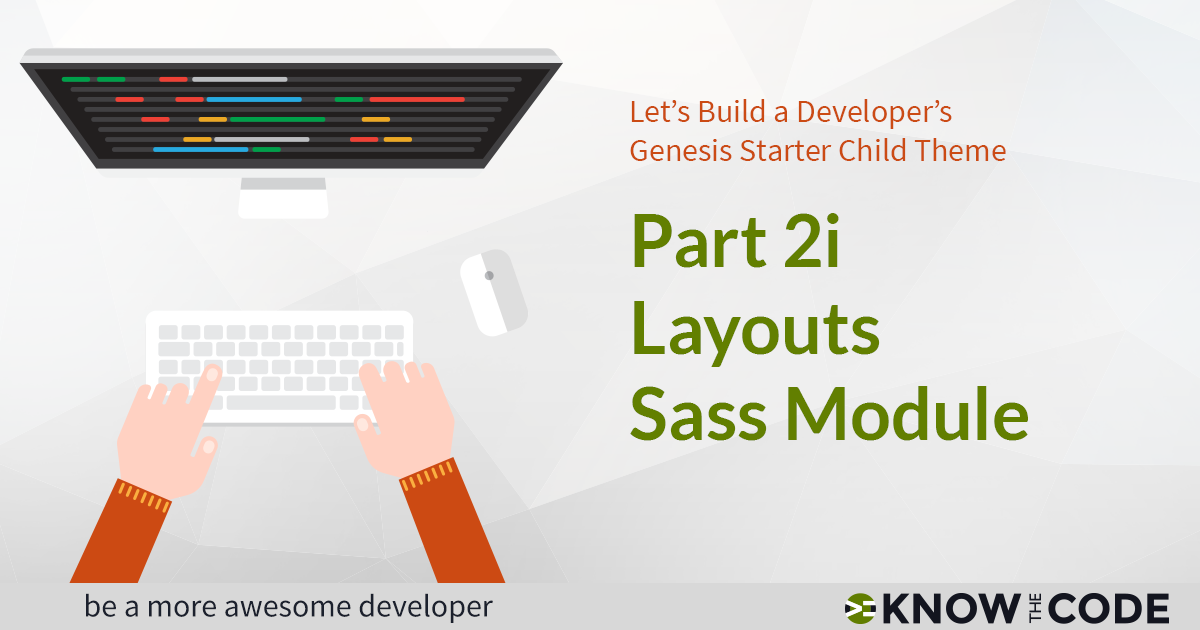Next, you need to work on the content and content-sidebar containers. In this episode, you will learn about different alternatives for deriving the widths for these containers in proportion to the device width sizes. Once you have these widths specified in your dimensions utility file, you have one place where you can customize project-to-project-to-project. This makes your job much easier.

